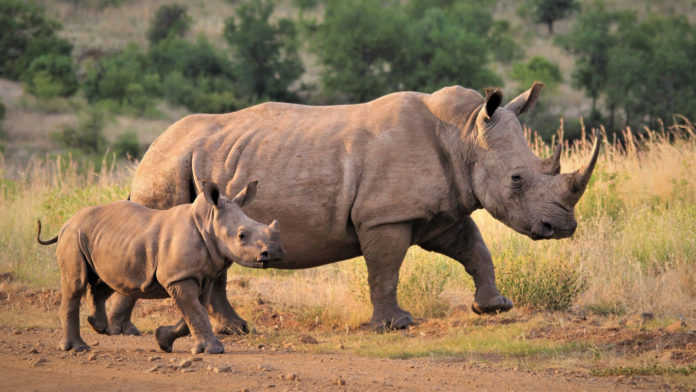We are facing a lot of urgent challenges in agriculture. Farm land is increasingly dominated by a select number of crops, threatening stability when a pest or climate change strikes a particular vulnerability in increasingly genetically similar plants. Dedicating land to farming also means that natural forest ecosystems are becoming more fragmented, putting many species at risk.
As the UN Convention on Biological Diversity treaty drafts legally-binding international strategies for conservation for the next 30 years, some advocates say that focusing primarily on protecting areas from agricultural expansion is missing the mark.
Every day there are more human mouths to feed as our population grows, but we still need to protect natural ecosystems. Sharing use of agricultural land to make it less hostile to other life is a start, but truly re-imagining agricultural spaces could make a bigger impact on conservation and biodiversity, and even improve food production within the same footprint.
Landscapes can and should be multi-functional, says Terry Sunderland, professor of forest and conservation sciences at the University of British Columbia. Integrating agriculture and the natural environment can prevent total deforestation in favour of farms. This is key to establishing food security in a sustainable way, and global policies need to reflect these goals. As long as population pressures and conservation are viewed as competitors, it will be nearly impossible to secure the political will to make true headway.
Using case studies from Africa, Sunderland, alongside co-authors Anja Gassner and Philip Dobie at Kenya-based World Agroforestry (ICRAF), advocate for change in their article in The Conversation Canada.
To support nutrition and local livelihoods, farms occupy a large fraction of land, especially in rural areas of sub-Saharan Africa. Including this landmass in an international treaty would provide new opportunities for innovation. Instead of focusing primarily on preventing expansion of agricultural land, Sunderland’s research demonstrates that farms that share their landscapes with wild nature as a complex mixed-use mosaic actually benefit.
Compared to monoculture systems that dominate the agriculture industry, incorporating trees and forests into farm land strategically can maintain or enhance yields. Moreover, they provide benefits like resilience to climatic shocks, improved soil fertility, and can even be a source of income themselves.
Indeed, many rural African farmers use traditional knowledge and farming practices to mimic nature very successfully. By varying spaces to suit the seasons, they can mimic natural water and nutrient processes that happen in the wild, decreasing dependence on fertilizers and pesticides. These are also culturally appropriate solutions to a complex problem.
Preserving nearby forest ecosystems can also create connections that benefit farms. Ethiopian cereal farmers often use local forests to feed their livestock during the day, and when they return at night they also get an organic source of fertilizer for their crops. This also ripples into crop productivity and more nutritious food for their communities.
The authors also point to the success of the Ol Pejeta Conservancy in Kenya’s Laikipia County. The Conservancy mixes the use of the land to provide a safe haven for black rhinos and a space for raising cattle as livestock. Over the past decade their black rhino population has doubled, and the Conservancy employs hundreds of people and generates millions of dollars in tourism.
Finding a balance between agriculture and conservation would benefit from multi-disciplinary plans that allow farms and nature to co-exist in the same spaces. While it is still important to preserve truly wild areas for all the benefits they provide, it’s possible to view agricultural land as a partner and resource instead of a threat. And it’s possible to view conservation not as an obligation, but as an enriching opportunity that can bring in economic returns.
Farms don’t need to be monolithic structures, and to meet all our goals in the face of population expansion and climate change, we need to recognize that this way of growing food isn’t sustainable so that we can imagine a better future.





































